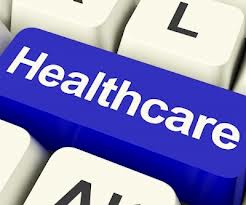The EMR market is driven by the increasing usage of EMR systems due to the need for provision of quality care, cost-savings and government incentives and advocacy.
According to Kalorama Information, the global information research organization, the global market for EMRs in the year 2013 was valued at $23.2 billion.
Mary Ann Crandall, Kalorama Analyst stated, “We think adoption and upgrading activities will still be stimulating growth in 2014-2018; as new systems are sold, companies will still earn revenues from existing clients in servicing and consulting services.”
The report suggests that the industry will continue to grow, although at a slower pace with hospital EMR adoption taking over practice EMR adoption. Furthermore, the threat of government penalties will render practices to train staff on new systems and expedite the overall change in the way care providers practice medicine.
Mary Ann Crandall further stated, “We estimate a quarter to a third of customers would like to switch EMRs and may look into replacing their current vendor. The main reasons for dissatisfaction with the system they have include lack of key features, a cumbersome and complex interface, poor EHR usability, and bad hardware”.
The report by Kalorama includes revenues for EMR systems, CPOE systems, installation, training, servicing as well as consulting which are highly profitable areas for organizations.
Indeed, with programs such as Meaningful Use still on the roll, there is still room for more practices to switch to EMRs. Increased online support for modern technology such as EHR/EMR, Practice Management Systems, Patient Portal and interoperable innovative medical devices have resulted in a surge of interest and adoption of EMR and EHR softwares across the country.
